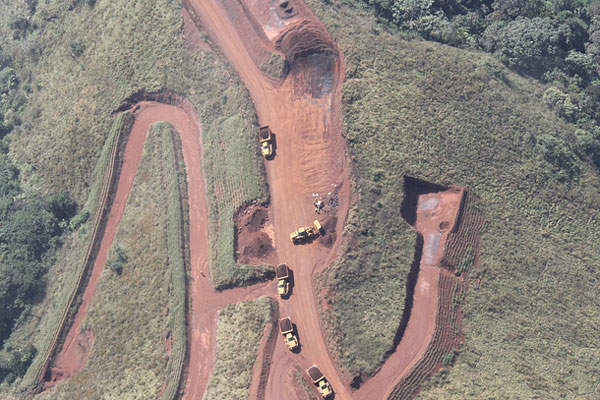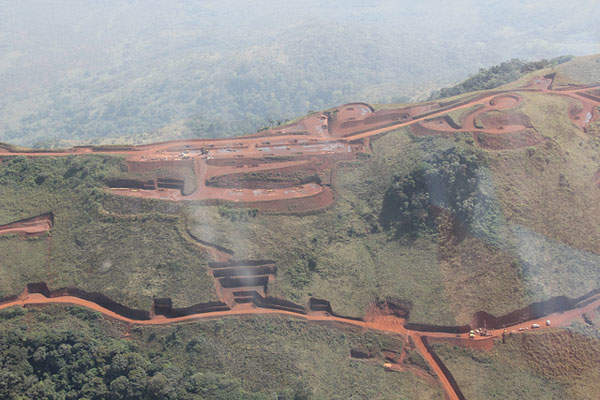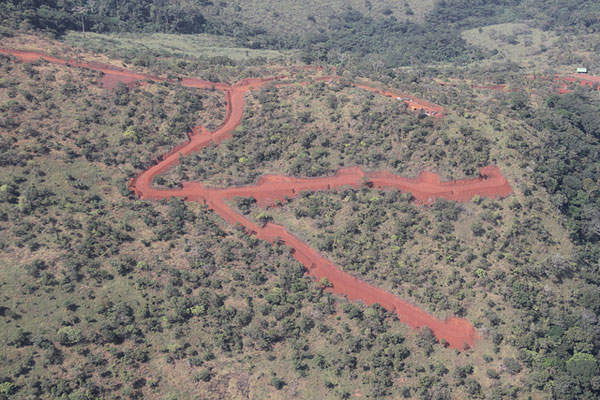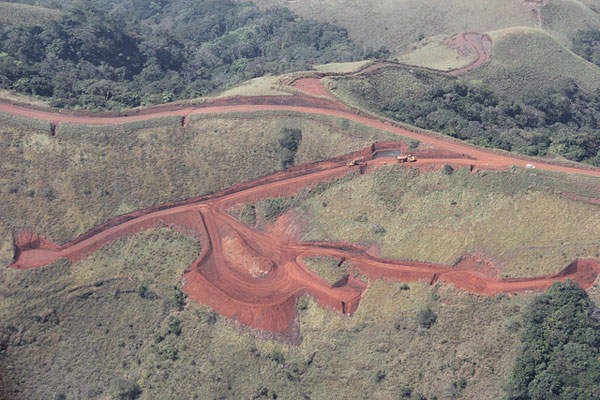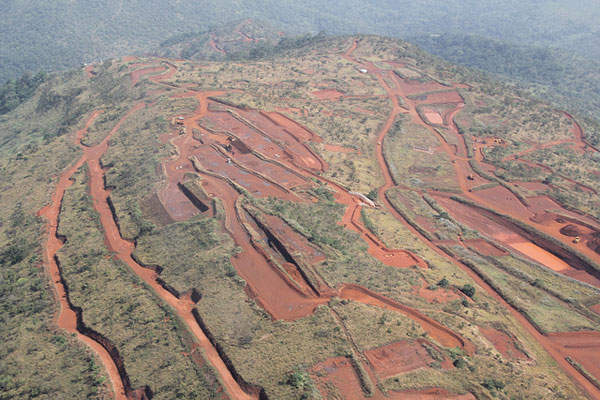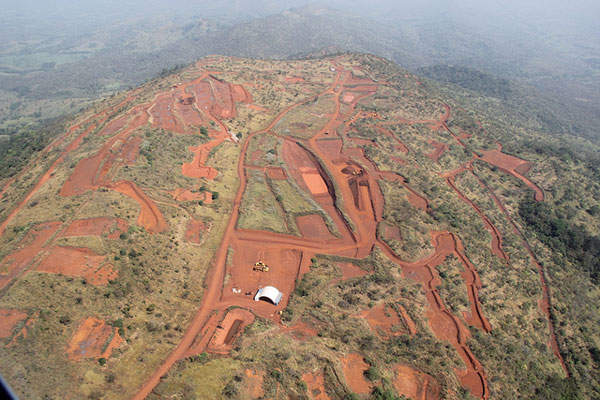The Simandou iron ore mine is located in southeast Guinea, Africa. First production from the mine is expected in 2015. The mine has a projected life of at least 30 years.
The project is being developed by Rio Tinto in partnership with the Government of Guinea, Aluminium Corporation of China (Chinalco) and the International Finance Corporation (IFC).
Rio Tinto and Chinalco hold 46.57% and 41.3% stakes respectively in the project. The Republic of Guinea holds 7.5%, while International Financière Corporation (IFC) owns the remaining equity in the mine.
Guinea announced the infrastructure development for the mine as a Project of National Interest by presidential decree. The total investment on the project had reached $3bn as of 2013. Mining works were allocated $2bn, whereas $1bn was allocated for infrastructure development.
The initial development will consist of infrastructure in blocks 3 and 4 of Simandou, which is estimated to involve an investment of $20bn. A framework agreement in this respect was signed between the project development partners in May 2014. The mine is expected to create 45,000 jobs in the economy when fully operational.
Simandou iron ore mine development
The mine development principally involves three components. The first component is the development of the mine, which is expected to produce 100 million tonnes of iron ore per year.
The second component is the construction of a railway line, which will be approximately 650km long, to transport the extracted ore.
The third component is the construction of a new port and associated infrastructure in the Forécariah prefecture to facilitate shipping of the ore.
The project infrastructure will be operated by a special purpose vehicles (SPV) established by Rio Tinto and Chinalco. The Guinean government owns the right to acquire up to 35% stake in the project and a 51% stake in the rail and port infrastructure.
Geology and reserves at the Simandou iron ore project
The iron ore body of Simandou is located in the southern part of the Simandou Mountain in south-eastern Guinea. The mine contains friable haematite and goethite haematite.
Pic de Fon and Ouéléba are the two main deposits at Simandou. The deposits are approximately six to eight kilometres in length, one to 1.5km wide, and extend to 300m in depth, while being up to 500m deep in some places.
Pic de Fon contains high grade haematite containing more than 62% iron, while Ouéléba has haematite-goethite.
The two deposits together hold more than 2.4 billion tonnes of high grade iron ore.
Mining and processing at Guinea’s iron mine
The deposit will be mined using open pit mining that will use conventional drilling, blasting, loading and haul methods. The open pit will be mined by truck and shovel methods. The crushed ore will be transported by conveyor to the plant site.
Mining at Ouéléba and Pic de Fon is planned to start from 2014. Approximately 30 million tonnes of iron ore will be pre-stripped before extracting at the mine, which will produce a single dry crushed and screened fine sinter.
Ore transport facilities for the Simandou project
The new trans-Guinean railway line will connect Simandou to the coast of Guinea. The ore trains will have up to six locomotives, 240 ore transport cars and one crew car.
The train will be 2,500m long and will travel at a speed of 80km/h. The trains will carry 30,000 to 35,000 tonnes of iron ore. The construction of the railway track is expected to start in 2013.
A deepwater port to the south of Conakry will be built in the Forécariah prefecture. The port complex will include ore car unloading and processing, ore stockyard, a jetty / causeway extending out to deepwater, shipping channel, wharf, deepwater berths and ship loaders, support buildings, utilities and infrastructure.
A maritime offloading facility will also be built, to facilitate the import of construction materials and plant equipment.
Contractors involved with the Simandou project
Guicopres BTP, Kansereya-ERBAB and Guiter were awarded the preliminary construction work contracts of the project in December 2012. SRK Consulting Company provided geotechnical design of the open pits and waste dumps for the pre-feasibility study.
AECOM carried out the feasibility study and is also heading the detailed engineering phase for the railway and deepwater port infrastructure. The railway line will run from Simandou mountain range to the proposed deepwater port. The rail route will include a total of 39 bridges, 1,000 culverts, 13 passing slides and 28km of tunnels.
Calibre Group was appointed to conduct an Order of Magnitude Study / Value Enhancement Study on the rail infrastructure works. The scope of work included design of 29 waterway bridges, five road-over-railway bridges and two major railway tunnels, 11.4km and 9.8km long.
Related content
Kalia Iron Ore Project, Guinea
The Kalia iron ore mine is a 50mt/y project under development in the Republic of Guinea, West Africa.
Frieda River Copper and Gold Project, Papua New Guinea
Frieda River Project is located in the provinces of Sandaun and East Sepik in Papua New Guinea. It is one of the biggest copper and gold deposits found in the Asia-Pacific region.

